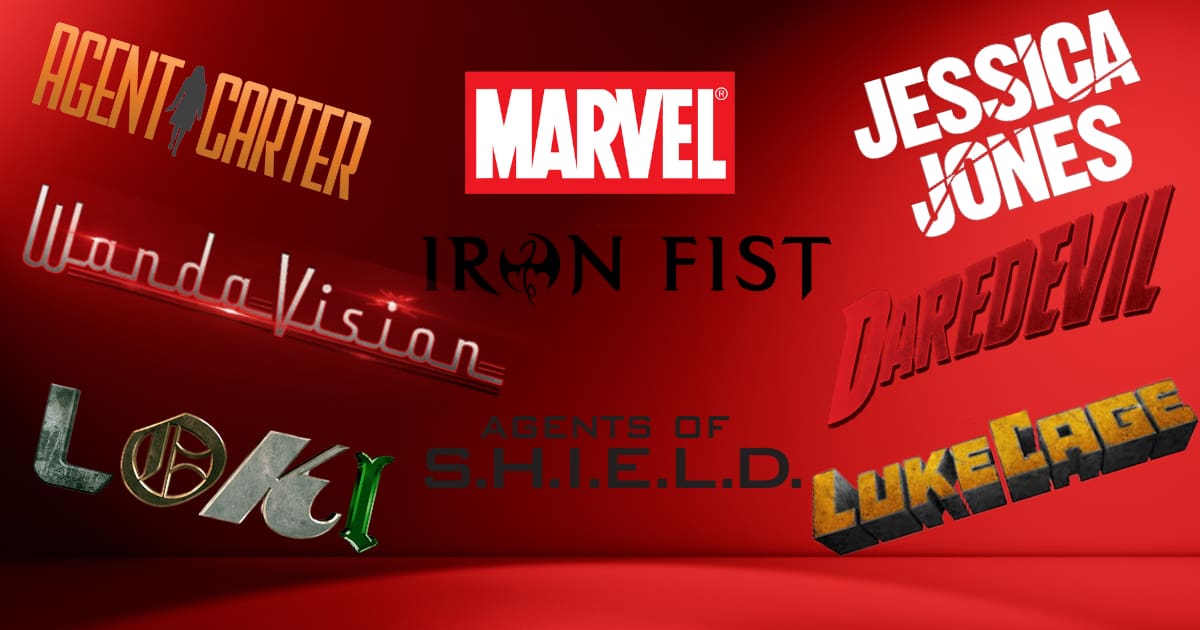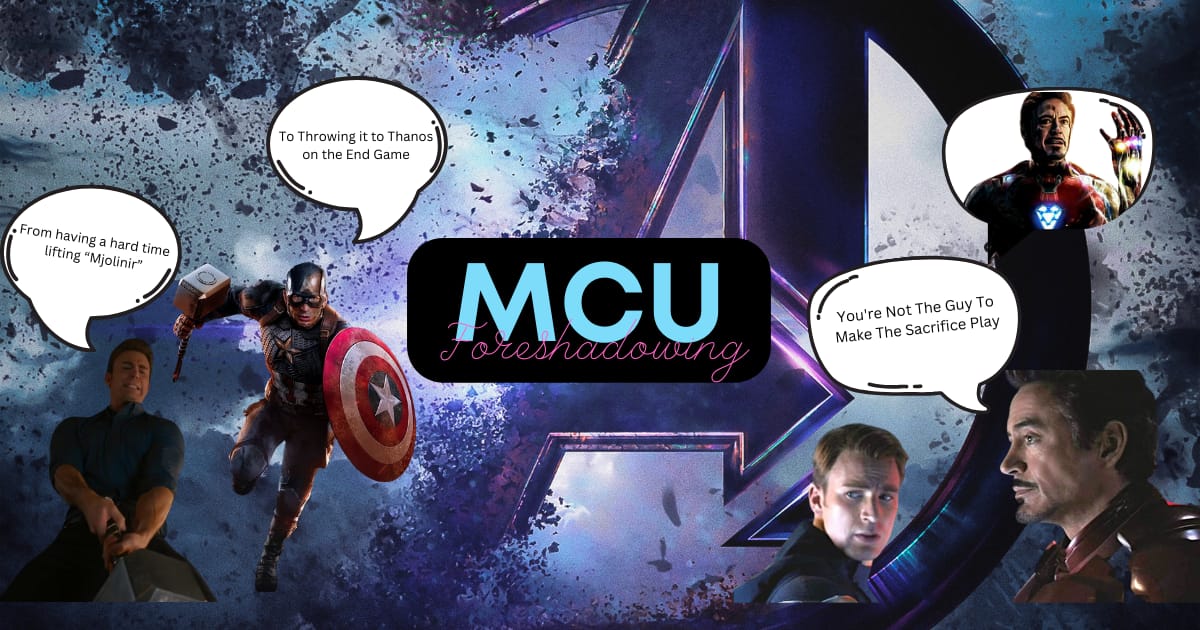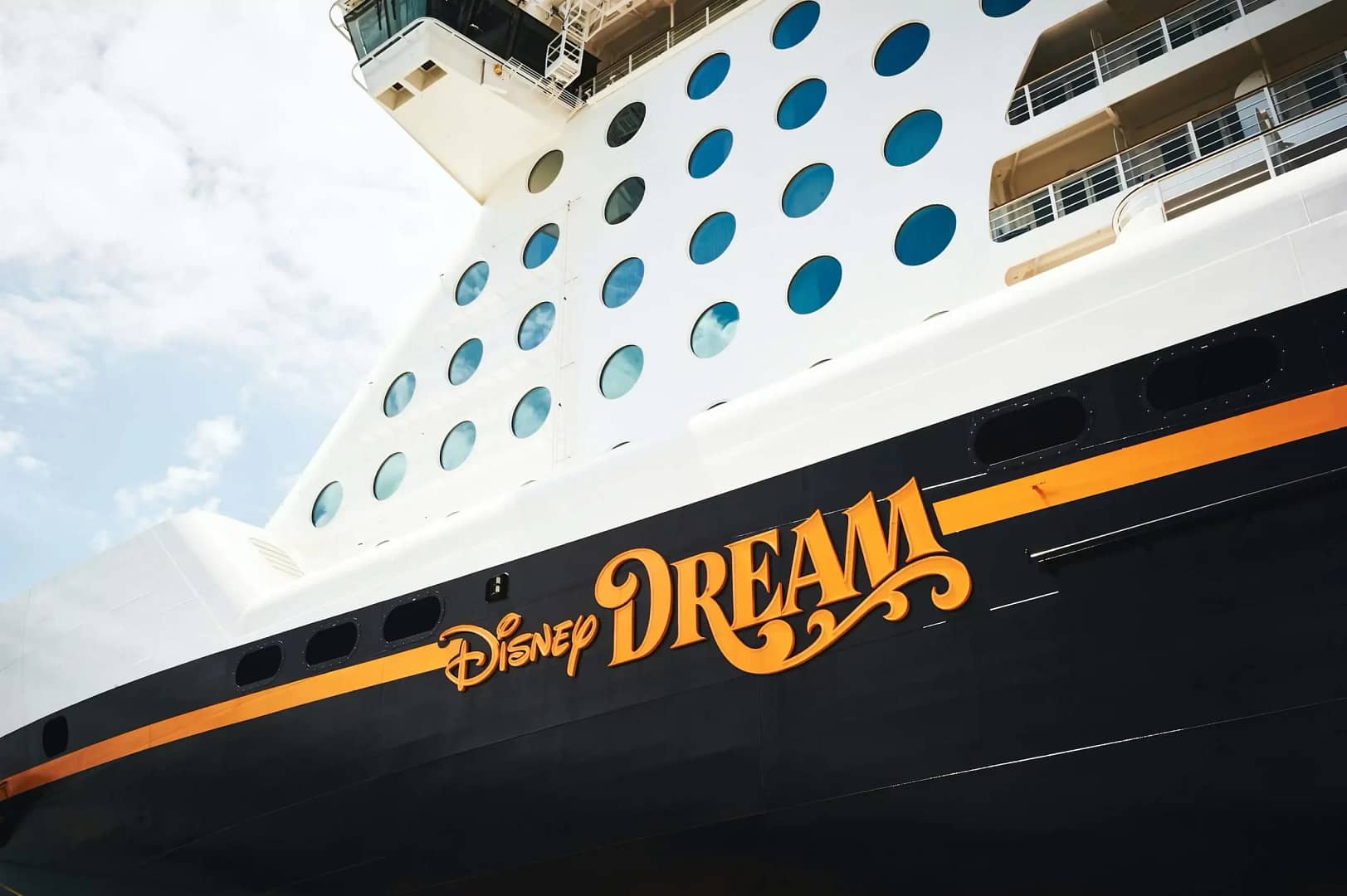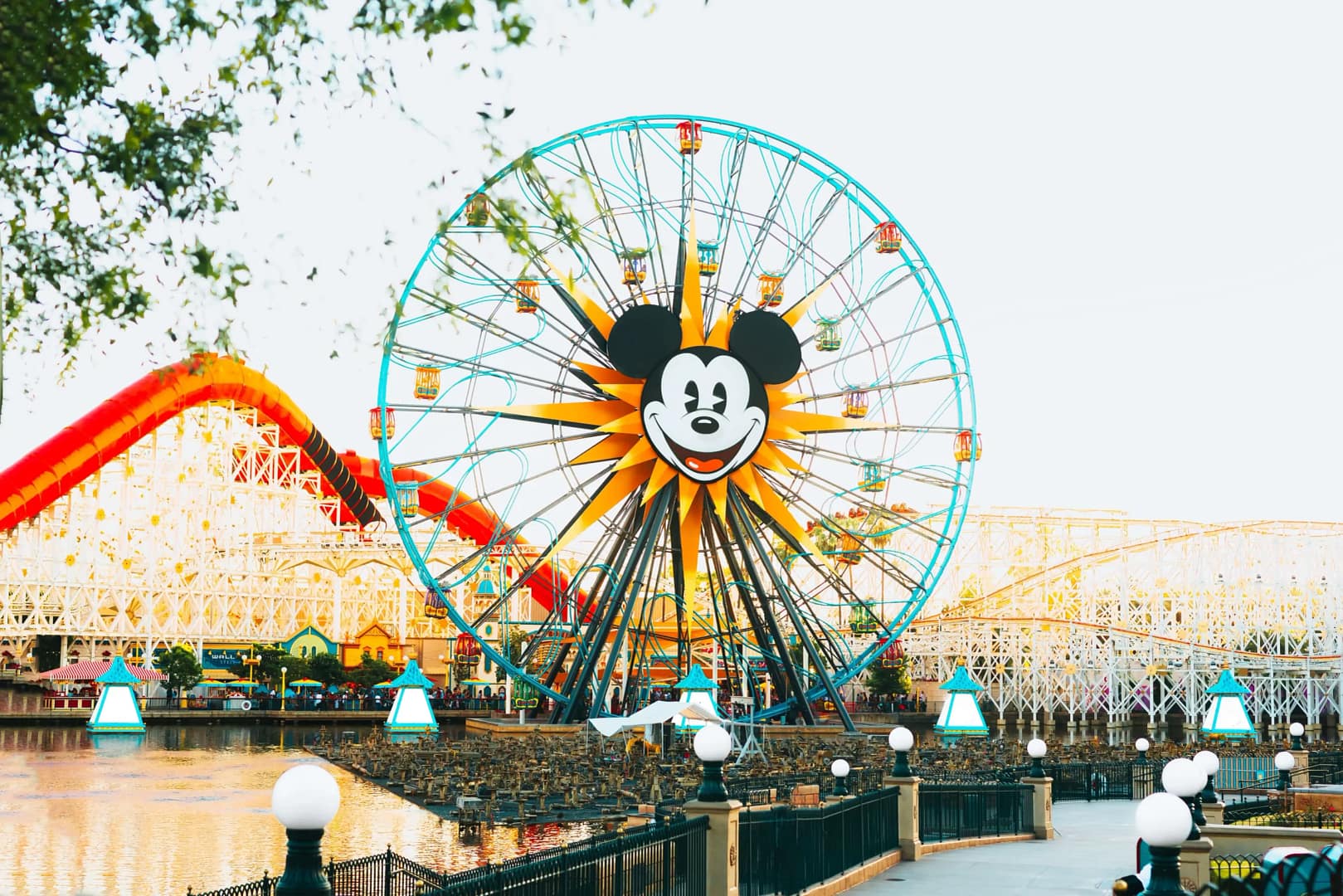Introduction:
To Chapter 2 of our exploration of the Marvel Television. While the movies have taken center stage, Marvel’s Television Universe has played a crucial role in expanding the narrative and introducing audiences to new corners of this vast universe. In this chapter, we’ll delve into the world of Marvel’s television series, exploring how they complement and enhance the MCU experience.
The Rise of Marvel Television:
As the MCU continued to captivate audiences on the big screen, Marvel Television began carving out its own niche on the small screen. It all started with “Marvel’s Agents of S.H.I.E.L.D.,” which premiered in 2013 and served as a direct spin-off from the events of “The Avengers.” Led by Agent Phil Coulson, the series followed the adventures of S.H.I.E.L.D. agents as they dealt with various threats, both human and superhuman.
Expanding the Universe:
Following the success of “Agents of S.H.I.E.L.D.,” Marvel Television expanded its reach with a diverse range of series set within the MCU. “Agent Carter” offered a glimpse into the post-World War II adventures of Peggy Carter, while “Daredevil,” “Jessica Jones,” “Luke Cage,” and “Iron Fist” introduced street-level heroes operating in New York City’s Hell’s Kitchen.
These series not only provided a deeper dive into the lives of these characters but also explored darker and more mature themes than their big-screen counterparts. From Daredevil’s battle against crime lords to Jessica Jones’ struggle with PTSD, Marvel’s television series offered a more grounded and nuanced perspective on the superhero genre.
Crossovers and Connections:
While Marvel’s television series primarily existed within their own narrative spheres, there were occasional crossovers and connections to the larger MCU. Characters like Agent Coulson and Lady Sif from “Agents of S.H.I.E.L.D.” made appearances in the movies, bridging the gap between the big and small screens.
Additionally, events from the movies often had ripple effects on the television series, with references to the Battle of New York and the Sokovia Accords cropping up in various storylines. These connections helped reinforce the sense of a shared universe, enriching the viewing experience for fans.
The Future of Marvel Television:
In recent years, Marvel Television has undergone significant changes, with many of its series concluding or being rebranded under the Marvel Studios banner. The launch of Disney+ has also shifted the focus towards original streaming content, with series like “WandaVision,” “The Falcon and the Winter Soldier,” and “Loki” directly tied to the MCU’s overarching narrative.
As Marvel Studios continues to produce high-quality streaming content, the future of Marvel Television remains uncertain. However, the legacy of shows like “Agents of S.H.I.E.L.D.” and “Daredevil” has left an indelible mark on the MCU, proving that the television medium is just as capable of telling compelling stories within this expansive universe.
Conclusion:
Marvel’s Television Universe has played a vital role in expanding the MCU beyond the confines of the movie theater, offering fans a diverse array of characters, stories, and genres to explore. From the gritty streets of Hell’s Kitchen to the halls of S.H.I.E.L.D. headquarters, these series have enriched the overall tapestry of the Marvel Cinematic Universe, proving that superheroes can thrive on both the big and small screens alike. As we continue our journey through the MCU, we’ll keep a close eye on the evolving landscape of Marvel Television and its impact on this ever-expanding universe.
Second Chapter Marvel Easter Eggs:
- Howard Stark’s World’s Fair: In “Captain America: The First Avenger,” Howard Stark presents his flying car at the Stark Expo, a reference to the 1964 World’s Fair in New York where a similar car was showcased.
- The Infinity Stones: Throughout the MCU films, the Infinity Stones play a crucial role, each representing different aspects of the universe: Space, Mind, Reality, Power, Soul, and Time.
- The Ten Rings Organization: Introduced in “Iron Man,” the Ten Rings organization serves as a recurring antagonist group across various MCU films, including the “Iron Man” trilogy and “Shang-Chi and the Legend of the Ten Rings.”
- The “Fury’s Big Week” Timeline: “Iron Man 2,” “The Incredible Hulk,” and “Thor” take place concurrently, a period known as “Fury’s Big Week,” referencing Nick Fury’s efforts to assemble the Avengers Initiative.
- The Avengers Tower: Stark Tower, later known as the Avengers Tower, serves as the headquarters for the Avengers in New York City. It features prominently in “The Avengers” and subsequent films.
If you missed out the Main Blog for this here's the link! Unmasking Marvel: Hidden Gems and Easter Eggs



